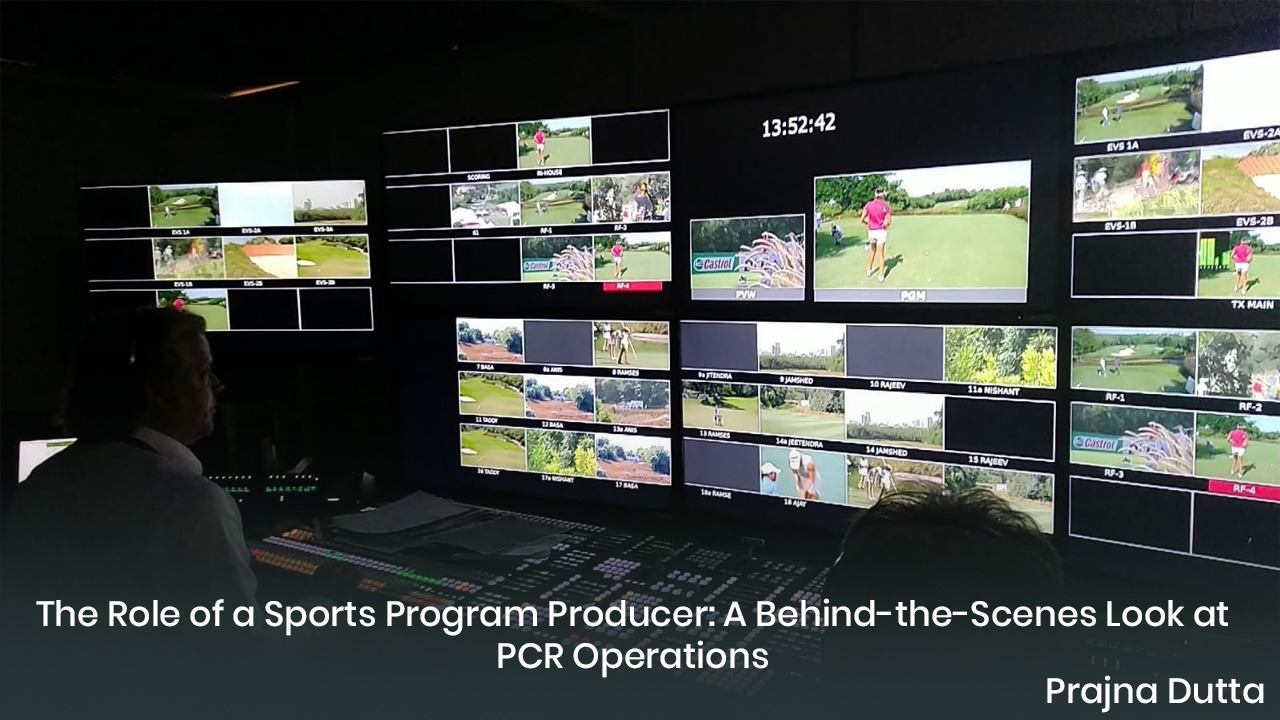Introduction
Sports program producers play a crucial role in the creation of captivating, engaging, and seamless sports broadcasts. Their responsibilities encompass various aspects of the production process, from pre-event planning to post-event analysis. One area in which sports program producers make a significant impact is the Production Control Room (PCR), where they orchestrate the live broadcast, ensuring that everything runs smoothly and according to plan. This article will delve into the job of a sports program producer, with special emphasis on their role in the PCR.
The Role of a Sports Program Producer
A sports program producer is responsible for overseeing the entire production process of a sports broadcast. This encompasses a wide range of tasks, including pre-production planning, coordinating with various departments, creating rundowns, managing the production budget, and ensuring that the broadcast meets industry standards and regulations. The producer's goal is to deliver a high-quality, engaging broadcast that captures the excitement and drama of the sporting event while providing viewers with insightful analysis and commentary.
The PCR and Its Importance
The Production Control Room (PCR) serves as the nerve center of a live sports broadcast. It is in the PCR where all the elements of the broadcast come together, including live feeds, graphics, replays, audio, and on-screen information. The sports program producer plays a central role in the PCR, working closely with directors, technical directors, and other production staff to ensure that the broadcast unfolds seamlessly.
Key Responsibilities in the PCR
1. Coordination and Communication: The producer is responsible for coordinating with various departments, including camera operators, audio technicians, graphics operators, and on-air talent. Effective communication and coordination are essential to ensure that everyone is on the same page and working towards a common goal.
2. Rundown Management: The producer creates and manages the show's rundown, which outlines the timing and sequencing of all elements in the broadcast, including commercial breaks, interviews, and on-screen graphics. The rundown serves as a blueprint for the entire production team and is crucial for maintaining a smooth and organized broadcast.
3. Decision-making: In the high-pressure environment of live television, the producer must be able to make quick, informed decisions to address any unexpected issues or changes during the broadcast. Whether it's adjusting the timing of a segment, accommodating a technical glitch, or integrating breaking news, the producer's ability to make decisive decisions is vital.
4. Problem Solving: When technical issues arise, such as a camera malfunction or audio problem, the producer works with the technical team to quickly identify and resolve the issue, ensuring minimal disruption to the broadcast.
5. Adherence to Schedule: The producer is responsible for ensuring that the broadcast adheres to the predetermined schedule, making adjustments as necessary to keep the program on track while accommodating the natural flow of the event.
Collaboration and Teamwork
In the PCR, the sports program producer works in close collaboration with the director, technical director, graphics operators, audio engineers, and other production staff. This collaborative environment requires strong leadership, excellent communication skills, and the ability to make quick, informed decisions under pressure.
Conclusion
The job of a sports program producer is multifaceted and demanding, particularly within the high-stakes environment of live sports broadcasting. Their role in the PCR is pivotal, as they are responsible for orchestrating the seamless execution of the broadcast, ensuring that viewers at home have a captivating and immersive experience.

Comments